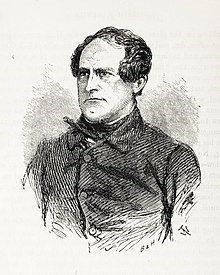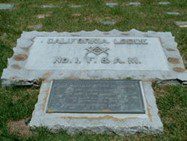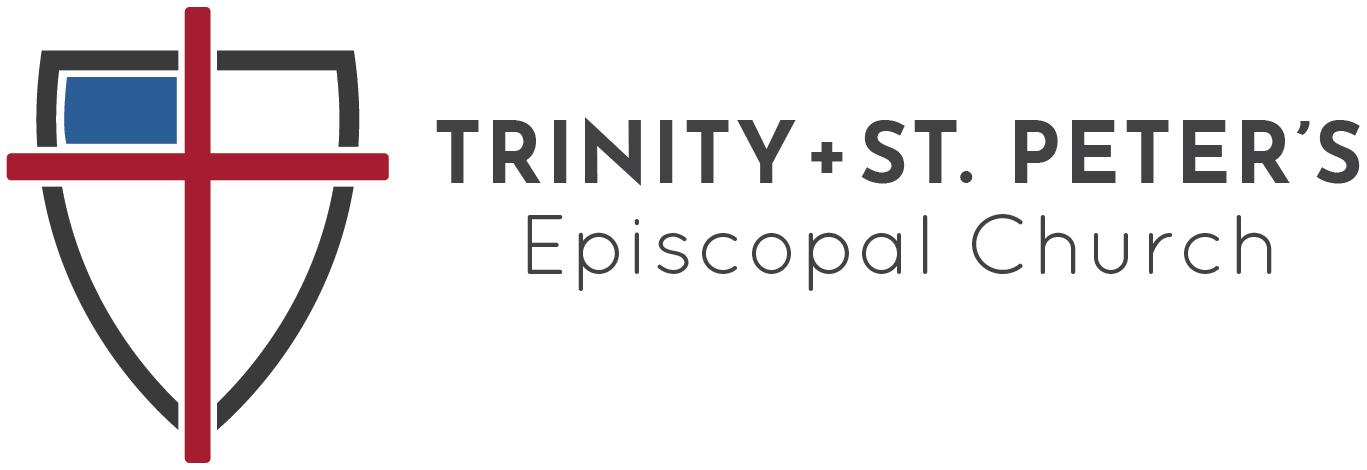A Man on a Mission
By Jennifer Dwight

Col. Jonathan Drake Stevenson
A pivotal character in the story of the early years of Trinity Church and San Francisco was Col. J. D. Stevenson, a New Yorker and pioneer who lived to be 94 in a time when life expectancy was half that.
As a young man he won a seat in the New York State Assembly, then became a private secretary to the Governor of New York, Daniel D. Tompkins. The two men relocated to Washington D.C. when Tompkins was elected Vice President in 1816. Stevenson’s star rose higher when he exposed election fraud occurring in 1839. When he supported James K. Polk’s campaign, and his promise to expand U.S. territory from coast to coast, Polk took notice.
After Polk was elected, he tasked Stevenson with raising a volunteer regiment of 10 companies of 70 unmarried men each to go to California. Known then as the “Seventh Regiment of New York Volunteers,” they were to support the war effort and afterwards to settle in California, helping to establish a presence of trained, discipline men in the Wild West. They were to support Gen. Kearny, commander of the Army of the West (and a young Ulysses S. Grant) in the California and Pacific Campaigns of the Mexican American War, which lasted from 1846 to 1848.
Meanwhile, Gen. John B. Montgomery, of the U.S. sloop of war Portsmouth, manned by 70 seamen and Marines, raised the U.S. flag, without armed conflict, at the plaza soon named “Portsmouth Square,” on July 11, 1846. Montgomery appointed one of his naval officers, Lt. Washington A. Bartlett, to be the first U.S. mayor of Yerba Buena. On Jan. 18, 1847, Bartlett issued a proclamation changing the town’s name to San Francisco.
Stevenson and his 648 men were mustered into Federal service in Sept. 1846. They sailed around Cape Horn in four ships, and arrived in San Francisco on March 7, 1847, then joined Gen. Kearny’s forces in Monterey. Stevenson was given command of the southern district of California, headquartered in Los Angeles, until his regiment was mustered out of service in 1849. He moved to San Francisco with many of his men.
The first Episcopal clergyman to arrive in San Francisco was the Rev. T. M. Leavenworth, who had served Stevenson’s regiment. Leavenworth did not form a congregation after he relocated to San Francisco.
Returned to civilian life, Stevenson became a lawyer and practiced law in San Francisco for many years. He also entered the real estate business with his colleague, Dr. William C. Parker, who had served as a surgeon for the Regiment. They bought the southern half of Rancho Los Medanos in 1849 and laid out a site for a town they called the “New York of the Pacific.” This town was renamed Pittsburg in 1911.
He also founded California’s first Grand Lodge of the Freemasons in 1850, and became its first Grandmaster. Stevenson was among Trinity’s original founders and served as the first Chairman of Trinity Church and Parish. His name appears throughout the Vestry minutes of the pioneer church.
With his background in public service and military command, Stevenson was a natural to confront the heinous level of gang activity and crime in San Francisco during the Gold Rush years. He spearheaded the creation of the Committee of Vigilance in 1851, continuing into 1853. Their meetings were held at Trinity. Many Trinity members were involved with the Committee’s work, and the Rev. Flavel S. Mines became its clergyman, counseling the condemned during their last hours of life. (More on this later.)
Stevenson’s is the first name on the Founder’s Tablet on the wall of Trinity+St. Peter’s building. During his lifetime (1800-1894), he saw the first three Trinity Episcopal Church buildings erected, and the fourth nearly completed. His fellow pioneer, C.V.S. Gibbs, gave a moving tribute when the present building was consecrated on March 26, 1894. Stevenson had died only a few weeks before, on Valentine’s Day. He now lies in Cypress Lawn Memorial Park in Colma, CA.

To be continued….
1897 Summary of Vestry Minutes, 91-96, Trinity Archives.
Sides, Hampton. Blood and Thunder, An Epic of the American West. (New York: Anchor Books, Random House, 2006), 33-35.
https://www.findagrave.com/memorial/11357978/jonathan-drake-stevenson, accessed on Sept. 5, 2023.
https://en.wikipedia.org/wiki/Jonathan_D._Stevenson, accessed on Sept. 3, 2023.
https://en.wikipedia.org/wiki/Mexican%E2%80%93American_War, accessed on Sept. 2, 2023.
https://en.wikipedia.org/wiki/San_Francisco_Committee_of_Vigilance, accessed on Sept. 5, 2023.
